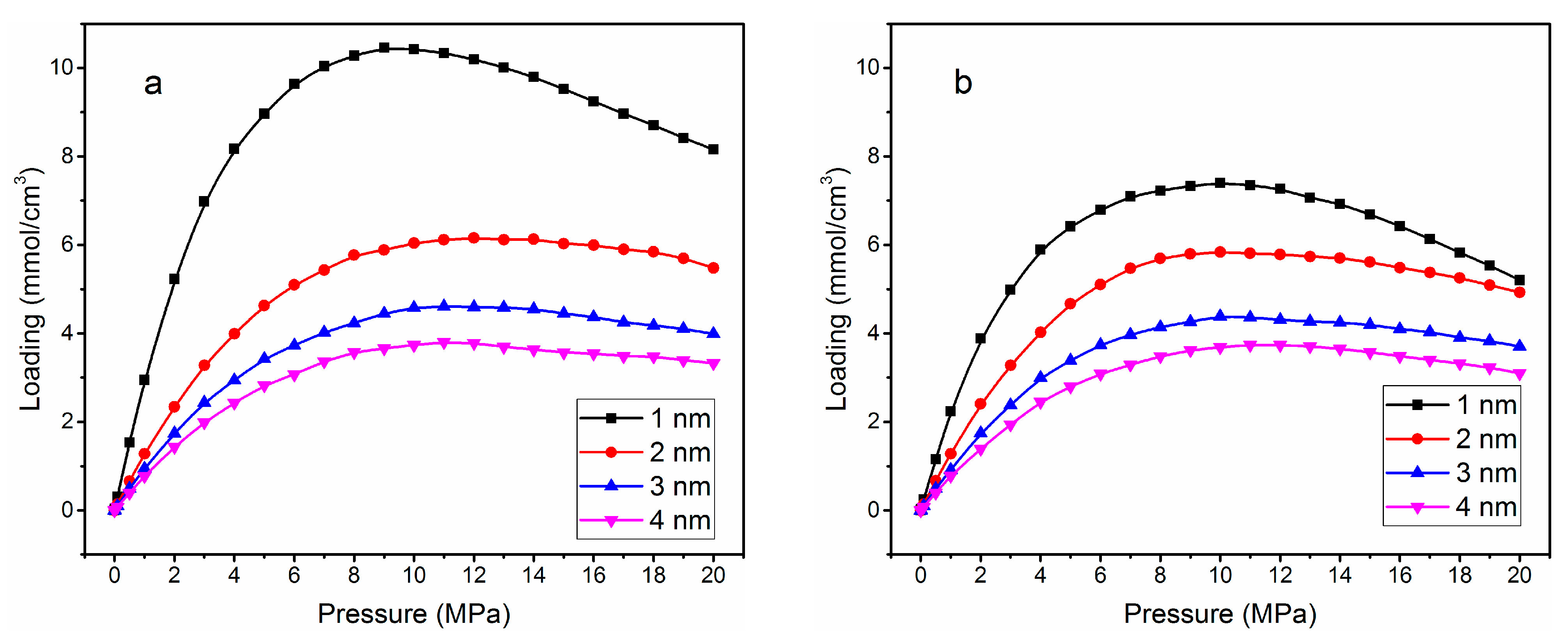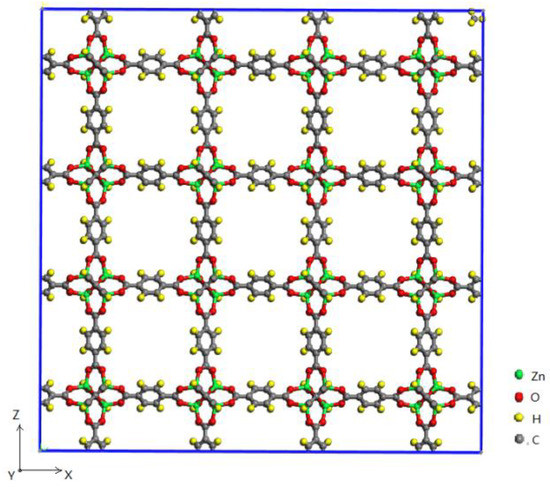

To investigate the adsorption and diffusion of adsorbate in different porous materials, molecular simulation is widely used ( Klemm et al., 1998 Hansen et al., 2005 Navarro et al., 2010). Much more particular properties, such as the energy and density distribution of components in zeolite, could also be achieved from the molecular simulation. Molecular simulation is a valuable method to simulate the motion behavior of molecules by theoretical calculation. However, it is very difficult to interpret the adsorption processes of guest molecules in the host zeolites through only experiment. The adsorption of reactants and products could influence the catalytic selectivity and stability in the heterogeneous catalytic reaction. also reported that 35.8% of C 2H 4 and 34.4% of C 3H 6 were acquired over LEV catalyst for the transformation of ethanol to olefins ( Inoue et al., 2009). Higher selectivity of light olefins was obtained over LEV than that over SAPO-34 catalyst ( Venkatathri and Yoo, 2008). synthesized LEV catalyst and investigated the conversion of methanol to olefin (MTO) over synthesized LEV catalysts. The optimum selectivity of ethylene (43.0%) and propylene (32.0%) from methanol over LEV catalysts was reported by Bhawe group ( Bhawe et al., 2012). Levyne (LEV), which belongs to CHA type zeolite, exhibit the specific shape selectivity for the transformation of methanol or ethanol ( Venkatathri and Yoo, 2008 Inoue et al., 2009 Bhawe et al., 2012).

The existing researches show that ZSM-5 is the best candidate for propylene production ( Li et al., 2016). The research work on the conversion of ETP over zeolite and transition metal oxide catalysts were reviewed by Li. Thus, the conversion of ethanol to propylene (ETP) attracts broad attention in the academic and industrial fields ( Huangfu et al., 2016 Xia et al., 2017a, b). Bioethanol is considered to be one of the most prospective renewable resources for the production of ethylene and propylene ( Parajuli et al., 2017). These processes depend on the fossil resources and confront environmental problems heavily. Propylene is one of the most important chemicals, which could obtain from several routes such as steam cracking of naphtha, fluid catalytic cracking ( Ren et al., 2006), and MTP (methanol to propylene). Results show that the higher adsorption amount of ethanol, ethylene and propylene in H-LEV (40) led to the more difficult desorption of products and higher content of coke deposition. The reactant and products adsorption performances in the ethanol conversion reaction over H-ZSM-5 (40) and H-LEV (40) catalysts were studied by Monte Carlo simulations. The lower stability of H-LEV (40) is probably due to coke deposition. H-ZSM-5 (40) catalyst exhibited higher stability than H-LEV (40). However, there is almost no propylene obtained over H-LEV (40) catalyst after 2 h. For H-LEV (40), higher initial propylene yield reached 34.0%.

For H-ZSM-5 (40), the propylene yield kept constant at about 20.0% during 8 h. The transformation of ethanol to propylene (ETP) was investigated over H-ZSM-5 (40) and H-LEV (40) catalysts. State Key Laboratory of Heavy Oil Processing, College of Chemical Engineering, China University of Petroleum (East China), Qingdao, China.Our findings would open new opportunities to develop state-of-the-art free-standing 2D-HCP materials for low-cost and high performance energy storage as well as optoelectronic devices.Fangfang Wang, Wei Xia *, Longxiang Wang, Junguo Wang, Xiujie Yang and Kun Chen The synergistic effect of high porosity, heteroatomic doping and good dispersity of NG-HCP nanosheets make them suitable as excellent anode materials for Li-ion batteries (LIBs), leading to an extremely high reversible capacity of 1320 mAh g −1 (at 20 mA g −1), a good rate performance, and an excellent cycle life with an approximate 100% Coulombic efficiency for more than 600 cycles. The as-prepared 2D NG-HCP sheet possesses a thickness of 1.0 ± 0.2 nm and consists of graphene-like subunits as well as homogeneous hexagonal micropores (ca. Here, we report a bottom-up method to produce free-standing single-layer nitrogen-rich graphene-like holey conjugated polymers (NG-HCP) nanosheets through solution-process. Preparing well-defined single-layer two-dimensional (2D) holey conjugated polymers (HCP) is very challenging.


 0 kommentar(er)
0 kommentar(er)
